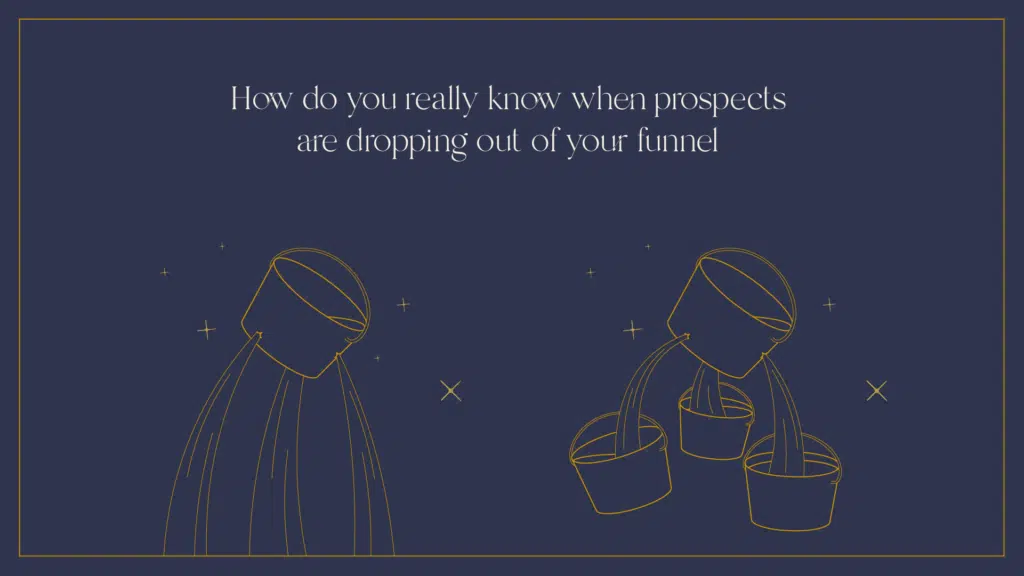
How do you really know when prospects are dropping out of your funnel
In the world of digital marketing, your sales funnel is the lifeblood of your business. It’s the path that leads potential customers from awareness to conversion. However, the journey through the funnel is not always straightforward. Prospects can drop out at various stages, and identifying these drop-offs is crucial for optimising your conversion rates. But, how can you truly know when prospects are leaving your funnel?
In this blog we’ll explore some key strategies and tools that can help you gain insights into at what point your prospects are dropping out of your funnel…
1. Hotjar: Unveiling user behavior
One of the first steps in understanding where prospects drop out of your funnel is to analyse user behavior on your landing page. A powerful tool like Hotjar can provide valuable insights by enabling you to track user activity and engagement on your website. Heatmaps and session recordings allow you to visually track how users interact with your landing page and look for patterns where users stop scrolling or interacting. This allows you to pinpoint precisely where prospects are losing interest or encountering issues in their user journey.
2. Google Tag Manager: Tracking key actions
To gain a more granular understanding of user behavior, Google Tag Manager is useful for tracking essential actions on your website. It allows you to identify the key buttons or elements that lead to conversions, such as sign-up forms, “Add to Cart” buttons, or contact forms. By calculating the percentage of visitors who arrive at your page and then engage with these critical elements, you can gauge just how effective your funnel is at guiding prospects towards conversion.
3. Analysing ad interactions
The beginning of your funnel starts with your advertising. To identify potential drop-offs at this stage, assess how users interact with your ads on the platforms where you advertise. Consider metrics such as click-through rates (CTR) and bounce rates. Additionally, you can analyse how many users who clicked on your ads spent more than 2 seconds on your landing page. This information can help you gauge the quality of traffic coming from your ads and identify any issues with your ad targeting or messaging.
4. The 7/11/4 Rule
Incorporate the insights from the 7/11/4 rule which follows the idea that prospects need to interact with your brand at least seven times before making a purchase. Following this rule can help you set realistic expectations for your funnel, and by understanding this principle, you can better assess whether your funnel is effectively nurturing prospects through the necessary touchpoints.
5. Cross-referencing and visualisation
Remember that there’s no magic wand for identifying drop-offs in your funnel. Instead, it’s a process that involves cross-referencing data from various tools and sources. Visualise your data by looking at your scorecards or dashboards as a waterfall, allowing you to see the percentage drop at each stage of the funnel. This visual representation can highlight areas that need improvement – and changes!
6. Plug the leaky bucket
Think about your funnel like a waterfall and each level has little holes that need to pluged by small actions to deliver incremental gians.
Final thoughts…
In conclusion, understanding when prospects are dropping out of your funnel is essential for optimising your conversion rates and ultimately growing your business.

